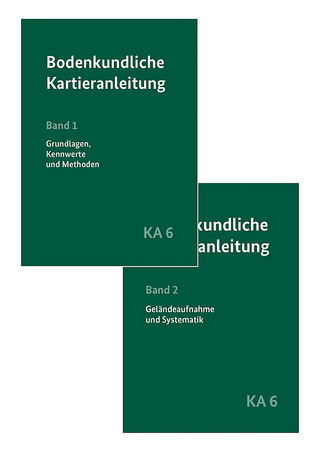
Rationalizing Rural Area Classifications for the Economic Research Service
National Academies Press (Verlag)
978-0-309-38056-0 (ISBN)
At that time migration to cities and poverty among the people left behind was a central concern. The more rural a residence, the more likely a person was to live in poverty, and this relationship held true regardless of age or race. Since the 1970s the interstate highway system was completed and broadband was developed. Services have become more consolidated into larger centers. Some of the traditional rural industries, farming and mining, have prospered, and there has been rural amenity-based in-migration. Many major structural and economic changes have occurred during this period. These factors have resulted in a quite different rural economy and society since 1970.
In April 2015, the Committee on National Statistics convened a workshop to explore the data, estimation, and policy issues for rationalizing the multiple classifications of rural areas currently in use by the Economic Research Service (ERS). Participants aimed to help ERS make decisions regarding the generation of a county rural-urban scale for public use, taking into consideration the changed social and economic environment. This report summarizes the presentations and discussions from the workshop.
Table of Contents
Front Matter
1 Introduction
2 Official U.S. Rural Area Classification Systems
3 Other Rural Area Classification Systems Used in the United States and Internationally
4 Changes in Society and Economy and Their Impact on Rural Area Classifications
5 Different Ways to Conceptualize Rural Areas in Metropolitan Society
6 Uses of Current Rural Classification Systems
7 Changes in Social Science Data and Methods
8 Evaluating the Reliability and Validity of Rural Area Classifications
9 Closing Remarks
Bibliography
Appendix A: ERS Goals for Workshop on Rural Classifications
Appendix B: Historical Development of ERS Rural-Urban Classification Systems--John Cromartie
Appendix C: Workshop Agenda and List of Participants
Appendix D: Biographical Sketches of Steering Committee Members
Committee on National Statistics
1 Front Matter; 2 1 Introduction; 3 2 Official U.S. Rural Area Classification Systems; 4 3 Other Rural Area Classification Systems Used in the United States and Internationally; 5 4 Changes in Society and Economy and Their Impact on Rural Area Classifications; 6 5 Different Ways to Conceptualize Rural Areas in Metropolitan Society; 7 6 Uses of Current Rural Classification Systems; 8 7 Changes in Social Science Data and Methods; 9 8 Evaluating the Reliability and Validity of Rural Area Classifications; 10 9 Closing Remarks; 11 Bibliography; 12 Appendix A: ERS Goals for Workshop on Rural Classifications; 13 Appendix B: Historical Development of ERS Rural-Urban Classification Systems--John Cromartie; 14 Appendix C: Workshop Agenda and List of Participants; 15 Appendix D: Biographical Sketches of Steering Committee Members; 16 Committee on National Statistics
| Erscheinungsdatum | 31.01.2016 |
|---|---|
| Verlagsort | Washington |
| Sprache | englisch |
| Maße | 152 x 229 mm |
| Themenwelt | Naturwissenschaften ► Geowissenschaften ► Geografie / Kartografie |
| Sozialwissenschaften ► Soziologie | |
| ISBN-10 | 0-309-38056-1 / 0309380561 |
| ISBN-13 | 978-0-309-38056-0 / 9780309380560 |
| Zustand | Neuware |
| Haben Sie eine Frage zum Produkt? |
aus dem Bereich


